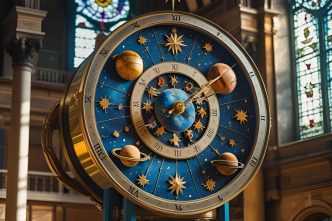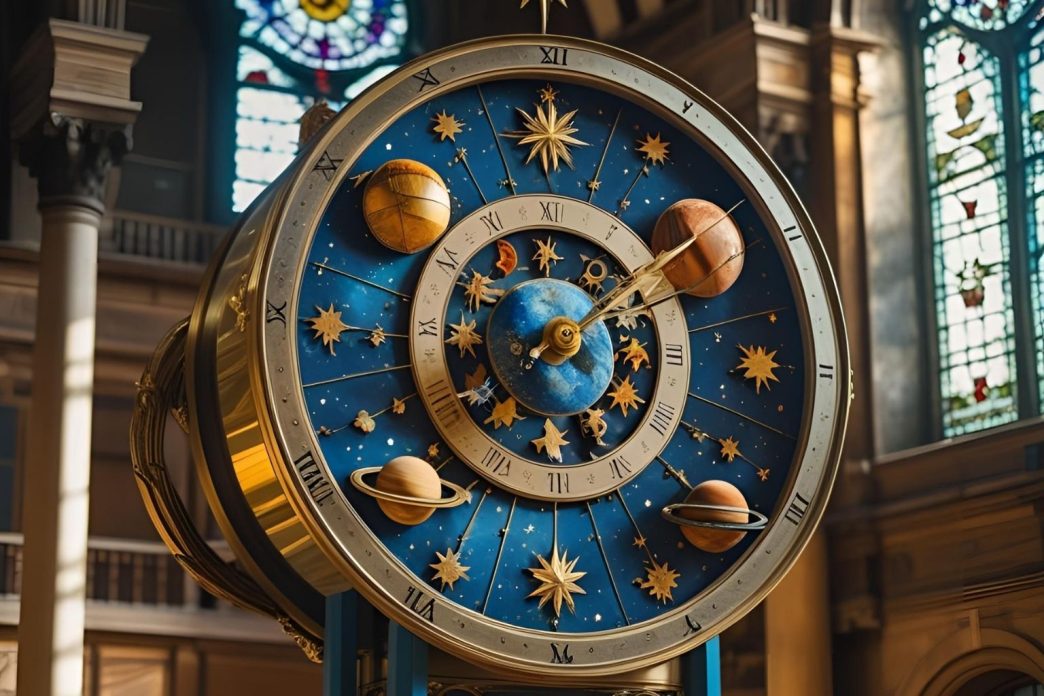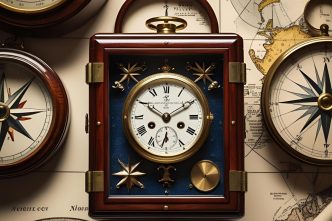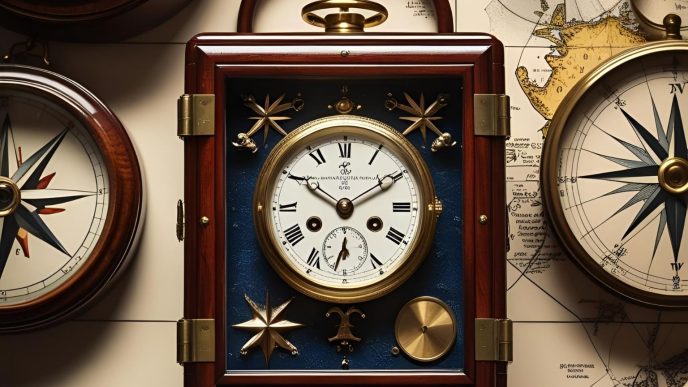Among the most fascinating marvels of human engineering, astronomical clocks go far beyond telling the hour. These intricate masterpieces measure time based on the movements of celestial bodies—tracking the sun, the moon, zodiac signs, and even the planets.
In medieval Europe, monumental astronomical clocks were installed in city centers and cathedrals, combining scientific knowledge with artistic brilliance. Iconic examples can still be seen ticking in Prague, Strasbourg, Munich, and Vienna—displaying sunrise, sunset, lunar phases, and astrological cycles.
Today, this tradition lives on through modern reinterpretations—home-sized astronomical clocks, mechanical sculptures, and even digital orbit displays. These timepieces serve not just as instruments, but as cosmic storytellers—reminding us that time flows not only by the tick of a second hand, but also by the rhythm of the universe.















